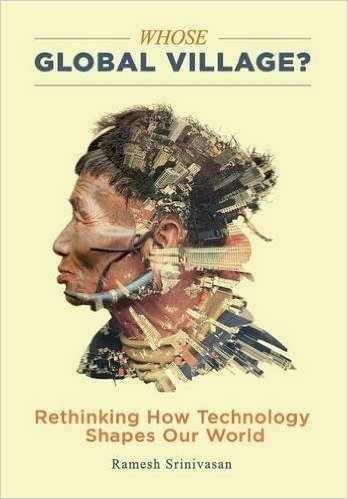What do you think?
Rate this book


272 pages, Hardcover
First published January 1, 2017
...Without such mindfulness, community-based research introduces what development scholars Irene Gujit and Meera Kaul-Shah call a "new type of tyranny". [18] These projects, despite their use of the "community" label, perpetuate rather than combat inequality. [19]
Footnote 18: Gujit and Shah, 1998.
Footnote 19: Cooke and Kothari, 2001.
Before diving into the power of digital storytelling in supporting community development visions across the world, it is important to recognise that mere access to technology reproduces rather than combats inequality.
Digital technologies are not neutral. They are socially constructed - created by people within organisations, who in turn approach the design process based on a set of values and presumptions.
Perniciously, it implies that the indigenous peoples of the Andes or the herdspeople of the Kalahari desert simply cannot wait to receive the blessings of Western technology. Why should we be so presumptuous about who these people are and what they need?